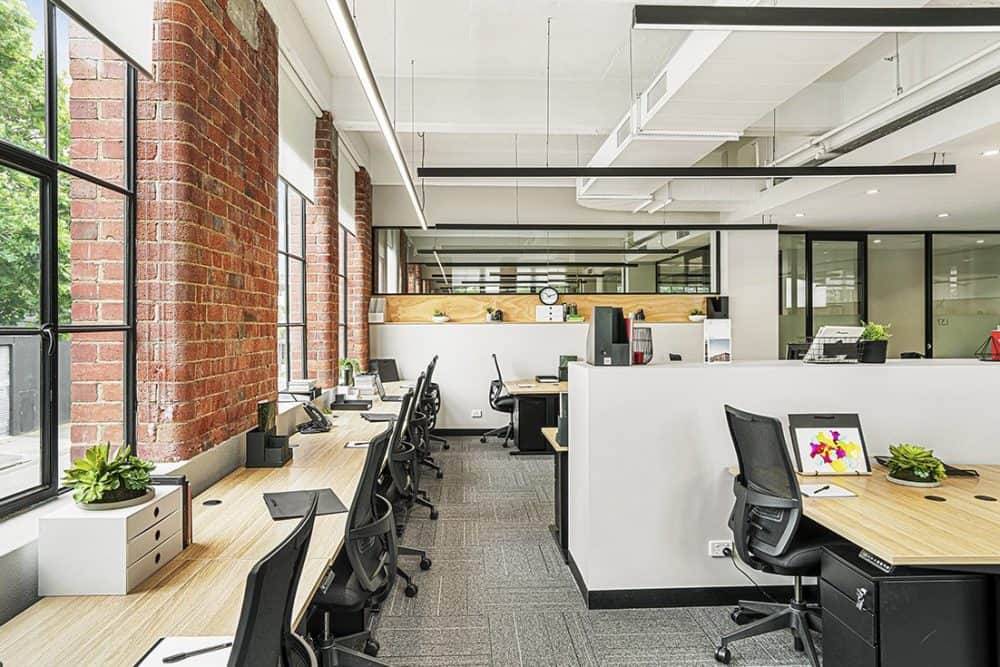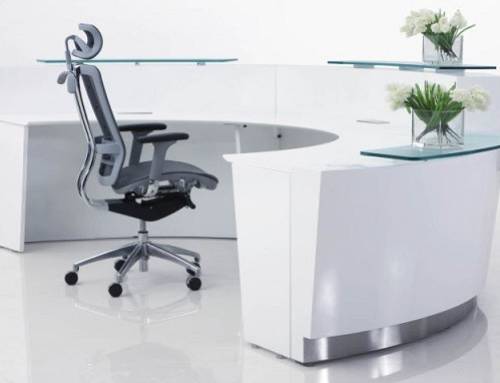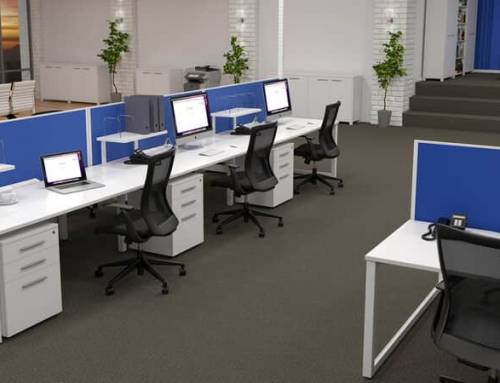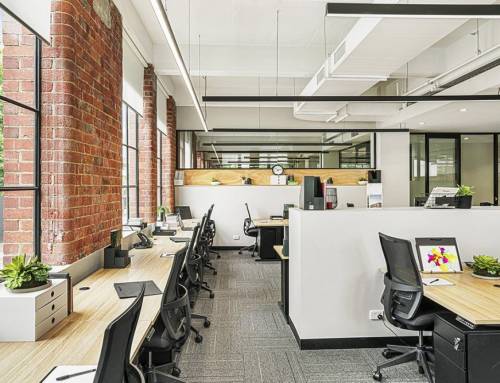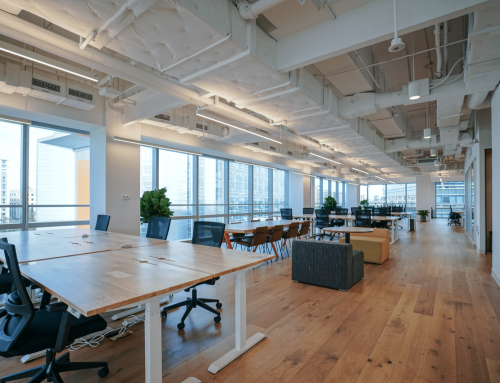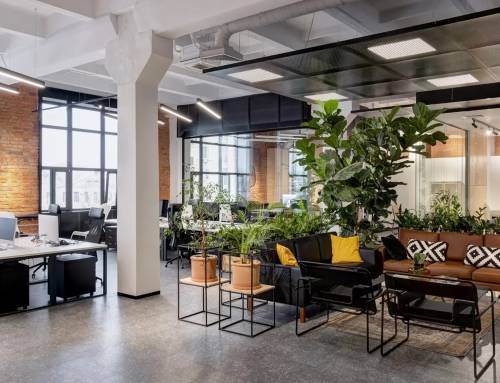The psychological impact of colours on our moods and emotions is undeniable. Unsurprisingly, the colour schemes used in office environments can profoundly affect employee performance, well-being, and overall atmosphere. Here is a dive into the psychology of office furniture colours and how they can influence your workspace.
The Science Behind Colours
Colours are known to evoke different responses based on the theory of colour psychology. According to this theory, various colours are linked with human emotions, physiological reactions, and cultural associations. Consequently, office furniture colours can either enhance employees’ performance or diminish their overall experience.
Harnessing Colour Psychology for Boosting Productivity
Incorporating the right office furniture colours can help increase employee productivity, morale, creativity, and focus. Here are some of the most commonly used colours and their psychological impact.
Blue
Often associated with stability, reliability, and safety, shades of blue have a calming effect, aiding concentration and promoting productivity. Blue-coloured furniture is best suited for high-pressure workplaces, such as financial institutions, where employees need to remain focused and calm amidst demanding tasks.
Green
Green is the colour of nature, having a soothing effect on the human mind. Consequently, green office furniture can reduce stress and promote feelings of relaxation, harmony, and balance. Spaces where employees need to think creatively, in fields such as design and marketing, benefit significantly from the inclusion of green hues.
Yellow
A bright and energetic colour, yellow incites optimism, creativity, and happiness. Incorporating yellow office furniture can inspire employees, boost morale, and stimulate out-of-the-box ideas, making it perfect for areas designated for brainstorming and team collaboration.
Red
Red is a bold, stimulating colour that exudes energy and passion. It increases adrenaline, excitement, and alertness, making it ideal for workspaces where employees need to take quick, decisive action, like sales offices or call centers. However, use red sparingly to avoid causing agitation or anxiety.
White
Associated with cleanliness, neutrality, and purity, white office furniture can create the illusion of a larger work area, eliminating the feeling of clutter. Also, white can serve as a calming, unobtrusive backdrop for other vibrant accent colors.
Fostering Collaboration and Brand Identity
The right choice of colours also helps create an environment conducive to collaboration and aligns with your brand identity. Achieve this by:
- Incorporating Brand Colours: Incorporating your brand colours into office furniture can help reinforce the company’s identity internally and externally. Subtly applying these shades to workstations or accent furniture pieces can aid in team cohesion, projecting a unified vision for employees and visitors alike.
- Using Complementary Colour Schemes: To create a visually harmonious workspace, use complementary color schemes in office furniture. You can try combining cool and warm colours or juxtaposing contrasting shades, which can add energy and vibrancy to your office space, promoting effective collaboration.
Factors to Consider When Deciding on Colours
While colour psychology provides a sound basis for selecting office furniture colours, a few considerations must be made:
Cultural Associations
It’s essential to be mindful of cultural associations when choosing office furniture colours, as these can vary vastly across regions.
Personal Preferences
Employees must feel comfortable in their work environment. Providing options and including your staff in decision-making could increase satisfaction and productivity.
Functionality
Furniture pieces should maintain functionality, and colours shouldn’t interfere with their use. Additionally, lighter shades are more likely to show wear and tear, so maintainability should be considered when selecting colours.
In conclusion, opting for strategic office furniture colours, based on psychological research, can greatly impact the work environment. It is crucial to Carefully consider employees’ needs, the nature of their work, the workspace’s intended use, and brand alignment. Transform your office into a place of inspiration, collaboration, and productivity with the power of office furniture colours.

